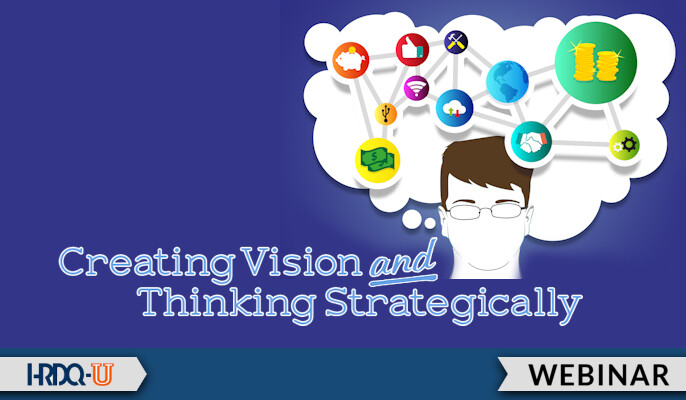One of the challenges of any consultant’s life is to be vigilant in spotting trends. When a number of clients are asking for the same service, I sit up and ask myself, what is going on that the same pain, the same challenge is popping up with some regularity. In the past few weeks, I’ve had four different inquiries for help with strategic thinking skills and practices in business. Normally, I am asked to help new leaders to let go of their focus on tactical and to move to be more strategic. But these recent requests were to address the long-range view for every level of leadership, from front-line to C-Suite. I smell a trend at work here.
While addressing these client requests with a series of workshops and coaching sessions, I kept my eyes open for some reasons why strategic thinking in business should suddenly be deemed insufficient.
















